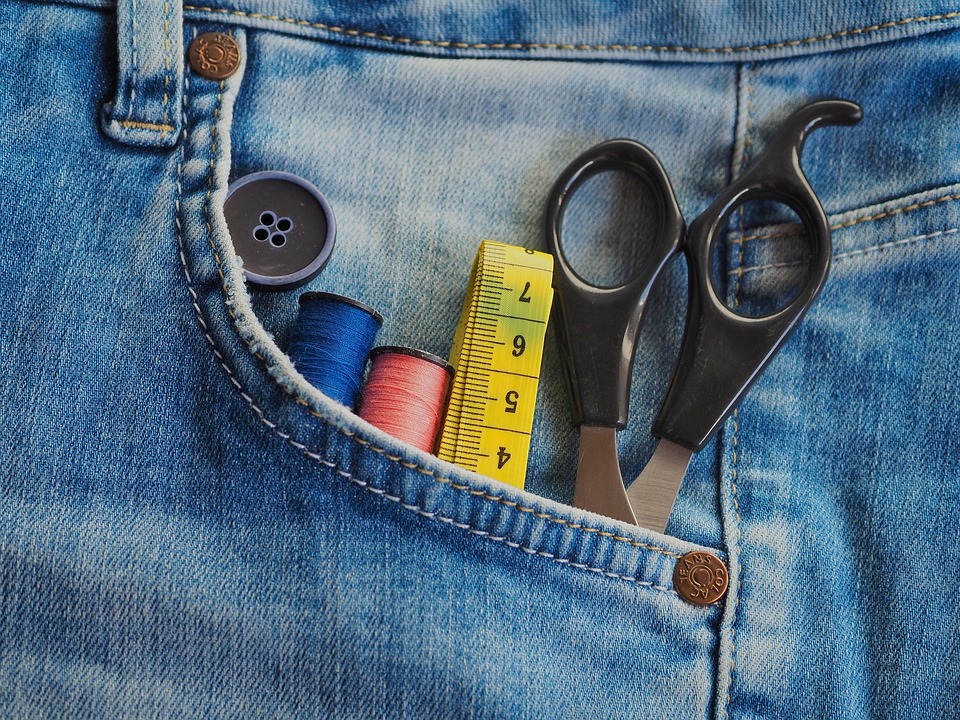The Ultimate Guide to Choosing the Right Tape Measure for Your Next Project
Having the right tools for a project is essential, and a tape measure is one of the most important tools in any DIY enthusiast or professional’s kit. Whether you’re measuring for a home renovation, woodworking project, or construction work, the right tape measure can make all the difference. With so many options available on the market, choosing the right one can be overwhelming. To help you make the best decision, here is the ultimate guide to choosing the right tape measure for your next project.
1. Consider the Length
Tape measures come in a variety of lengths, typically ranging from 12 to 35 feet. The length you choose will depend on the types of projects you work on. For smaller indoor projects, a 12 or 16-foot tape measure should suffice. However, for larger projects or outdoor work, a longer tape measure might be necessary.
2. Material and Durability
The material of the tape measure is crucial in determining its durability. Steel tapes are the most durable and are best suited for heavy-duty applications. Fiberglass and cloth tapes are more flexible and lightweight, making them suitable for projects where flexibility is required.
3. Measurement Units
Tape measures display measurements in either imperial (inches and feet) or metric (centimeters and meters) units. It’s important to choose a tape measure that displays the units you are most comfortable working with.
4. Standout and Blade Width
The standout refers to the distance the blade can extend without buckling. For larger projects, a longer standout will be beneficial. The blade width also determines the tape measure’s rigidity. A wider blade is more durable and less likely to bend or warp, making it suitable for heavy-duty applications.
5. Additional Features
Some tape measures come with extra features that can be beneficial for specific projects. For example, a magnetic tip can be useful for metalworking projects, and a double-sided tape measure is handy for when you need to measure from both ends.
6. Ergonomics
The design and feel of the tape measure are important factors to consider, especially if you’ll be using it for extended periods. Look for a tape measure with a comfortable grip and easy-to-read markings for added convenience.
7. Price and Brand
As with any tool, the price and brand can be indicative of quality and durability. It’s worth investing in a good quality tape measure from a reputable brand, as it will likely last longer and provide more accurate measurements.
In conclusion, choosing the right tape measure for your project involves considering the length, material, measurement units, standout and blade width, additional features, ergonomics, and price and brand. By taking these factors into account, you can be sure to find the perfect tape measure for your next project. Remember, a good tape measure is an investment that will make your projects easier and more accurate in the long run.

